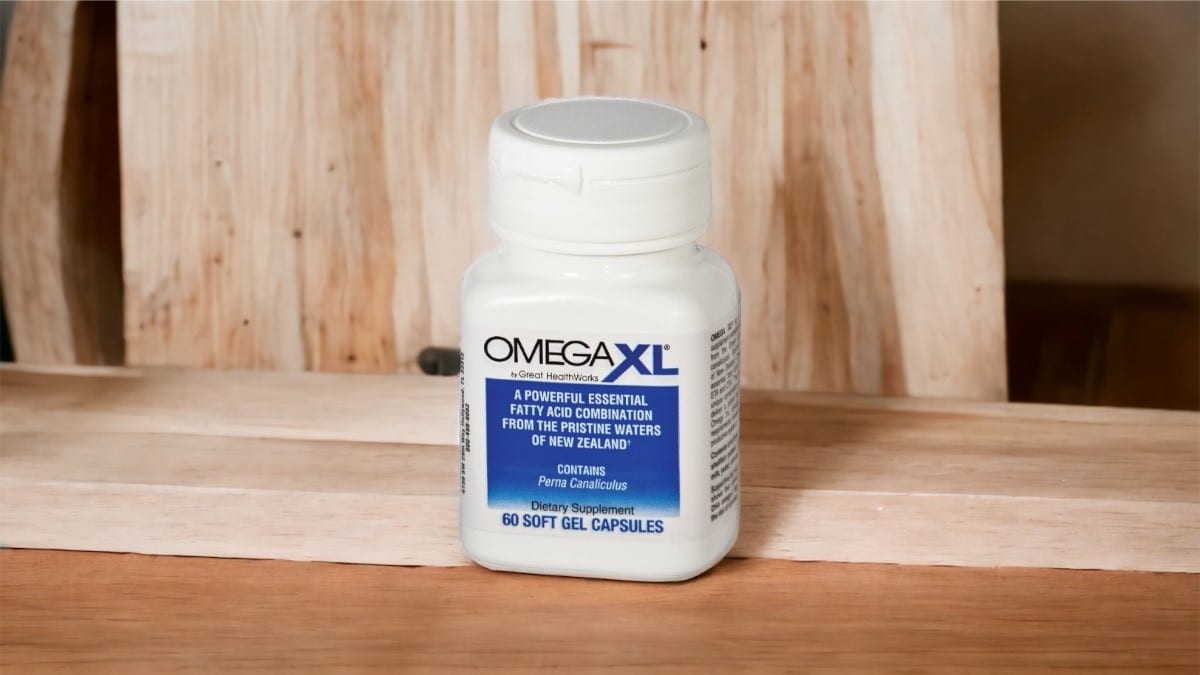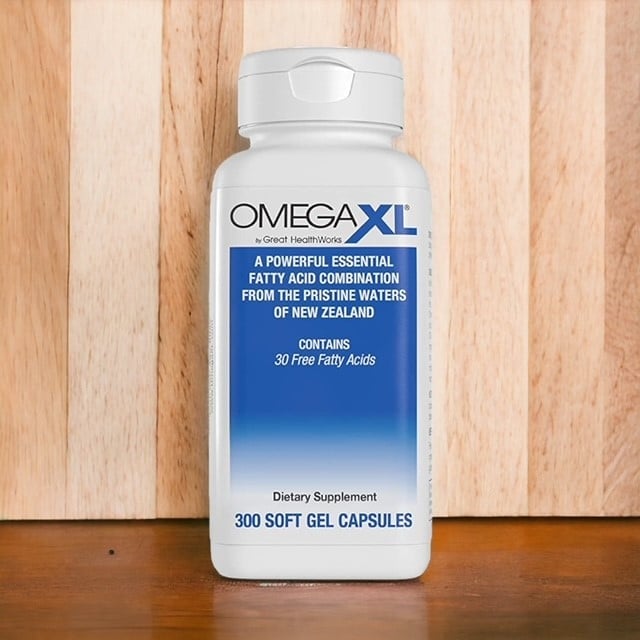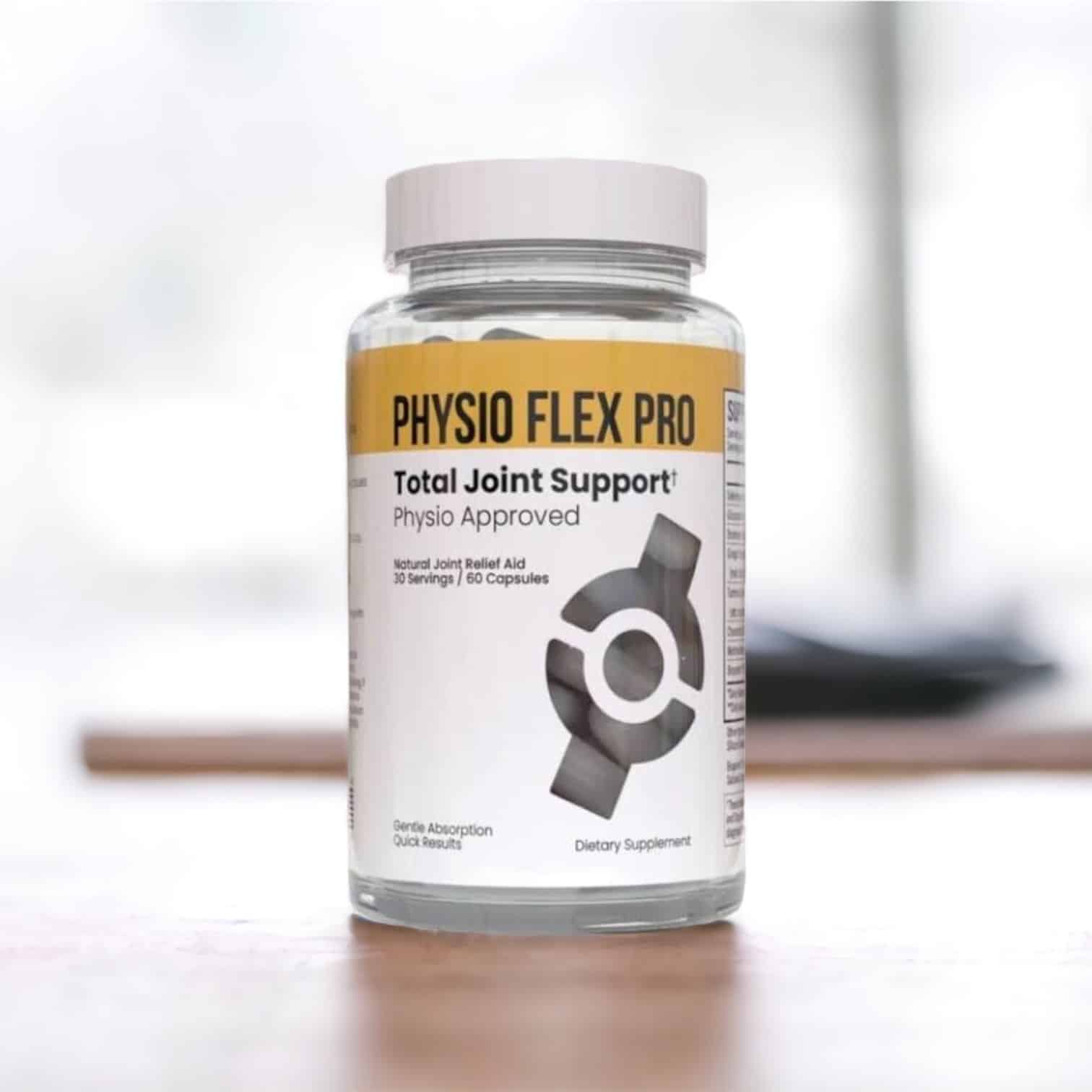Omega XL Review - Testing & Results

May 15, 2023
Omega XL is a supplement designed to alleviate joint pain and inflammation typically associated with arthritis. This product aims to mitigate everyday discomfort and aches while preventing further cartilage degradation.
Originating from the pristine waters of New Zealand, Omega XL comprises over 30 different fatty acids. The manufacturer’s website provides comprehensive information about the product, its proposed function, and the full list of ingredients, offering a user-friendly and informative platform for potential users.

Overall Verdict
3.1 / 5 Stars

Introduction
Omega XL is a unique natural supplement that has been developed with the goal of alleviating arthritis-associated inflammation and pain. Hailing from the clean oceans of New Zealand, this supplement contains over 30 different fatty acids, making it stand out from other products in the market. Although it lacks certain common ingredients found in joint supplements, such as glucosamine or chondroitin, it has shown effectiveness in various cases.
Benefits of Omega XL
Omega XL offers several benefits. First, it aims to ease joint pain and inflammation, making everyday activities more manageable for those suffering from arthritis. It doesn't leave an aftertaste like many fish oil supplements do, and the pills are small, making them easy to swallow. Plus, the company asserts that thirty years of research back this supplement, adding credibility to their claims.
Our Experience With Omega XL
Reviews and experiences with Omega XL are generally positive. Many users find the product helpful in managing their symptoms, with reports of reduced pain and improved joint comfort. However, some independent sources offer mixed reviews. A few users didn't experience the expected relief even after several months of usage, and some raised concerns about the product's effectiveness and lack of ingredient transparency.
Ingredients in Omega XL
Omega XL boasts three primary active ingredients:
Perna Canaliculus Proprietary Oil, also known as New Zealand Green-Lipped Mussel oil, extracted from shellfish. Studies have highlighted its potent anti-inflammatory properties and effectiveness in treating joint issues.
Organic Monounsaturated Olive Oil, rich in monounsaturated fats that offer numerous health benefits. They may reduce the risk of heart disease, cholesterol levels, and aid in treating rheumatoid arthritis.
Vitamin E, a fat-soluble vitamin found in various foods, known for its powerful anti-inflammatory and antioxidant properties. It can help prevent and treat osteoarthritis.
Overall: 3.1 / 5 Stars
Pros
Cons
Potential Side Effects of Omega XL
Despite the benefits of Omega XL, some potential side effects are associated with its ingredients. Symptoms related to Vitamin E intake may include gas, fatigue, headache, diarrhea, and blurred vision. Perna Canaliculus Proprietary oil extract might cause gout, itching, abdominal burning, nausea, diarrhea, gastric ulcers, and in some cases, liver issues. It's critical to consider these potential reactions, especially for individuals with liver problems.
Best Alternative to Omega XL
If you're interested in nootropics that provide brain health support, greater mood enhancement properties and memory support there are better options than Alpha Brain. The best overall nootropic in our view is NooCube.

Physio Flex Pro
4.8 / 5 Stars
For those seeking an alternative to Omega XL, Physio Flex Pro offers a promising option. It's designed to support joint health and mobility, incorporating a broad spectrum of scientifically-backed ingredients.
Physio Flex Pro can help alleviate joint discomfort and improve mobility, potentially offering a more comprehensive approach to joint health.
Conclusion
Omega XL provides a unique approach to managing arthritis and joint pain but its use of some innovative ingredients is significantly undermined by the absence of a number of clinically proven joint support ingredients.
If Omega XL doesn't seem like the right fit, Physio Flex Pro might serve as a suitable alternative, offering a diverse ingredient profile for holistic joint health support.
References
- Treschow, A. P., Hodges, L. D., Wright, P. F., Wynne, P. M., Kalafatis, N., & Macrides, T. A. (2007). Novel anti-inflammatory ω-3 PUFAs from the New Zealand green-lipped mussel, Perna canaliculus. Comparative Biochemistry and Physiology Part B: Biochemistry and Molecular Biology, 147(4), 645-656.
- Calder, P. C. (2017). Omega-3 fatty acids and inflammatory processes: from molecules to man. Biochemical Society transactions, 45(5), 1105-1115.
- Innes, J. K., & Calder, P. C. (2018). Omega-6 fatty acids and inflammation. Prostaglandins, Leukotrienes and Essential Fatty Acids, 132, 41-48.
- Cleland, L. G., James, M. J., & Proudman, S. M. (2006). Fish oil: what the prescriber needs to know. Arthritis research & therapy, 8(1), 1-9.
- Aranceta, J., & Pérez-Rodrigo, C. (2004). Recommended dietary reference intakes, nutritional goals and dietary guidelines for fat and fatty acids: a systematic review. British Journal of Nutrition, 91(5), 699-714.
- Calder, P. C. (2013). Omega-3 polyunsaturated fatty acids and inflammatory processes: nutrition or pharmacology?. British journal of clinical pharmacology, 75(3), 645-662.
- Calder, P. C. (2010). Omega-3 fatty acids and inflammatory processes. Nutrients, 2(3), 355-374.
- Simopoulos, A. P. (2002). Omega-3 fatty acids in inflammation and autoimmune diseases. Journal of the American College of nutrition, 21(6), 495-505.
- Calder, P. C. (2015). Marine omega-3 fatty acids and inflammatory processes: Effects, mechanisms and clinical relevance. Biochimica et Biophysica Acta (BBA)-Molecular and Cell Biology of Lipids, 1851(4), 469-484.
- Serhan, C. N., Chiang, N., & Van Dyke, T. E. (2008). Resolving inflammation: dual anti-inflammatory and pro-resolution lipid mediators. Nature reviews Immunology, 8(5), 349-361.
- Schmitz, G., & Ecker, J. (2008). The opposing effects of n− 3 and n− 6 fatty acids. Progress in lipid research, 47(2), 147-155.
- Calder, P. C. (2012). The role of marine omega-3 (n-3) fatty acids in inflammatory processes, atherosclerosis and plaque stability. Molecular nutrition & food research, 56(7), 1073-1080.
- Calder, P. C. (2006). n− 3 polyunsaturated fatty acids, inflammation, and inflammatory diseases. The American journal of clinical nutrition, 83(6), 1505S-1519S.
- Calder, P. C. (2011). Fatty acids and inflammation: the cutting edge between food and pharma. European journal of pharmacology, 668, S50-S58.

